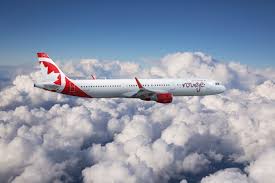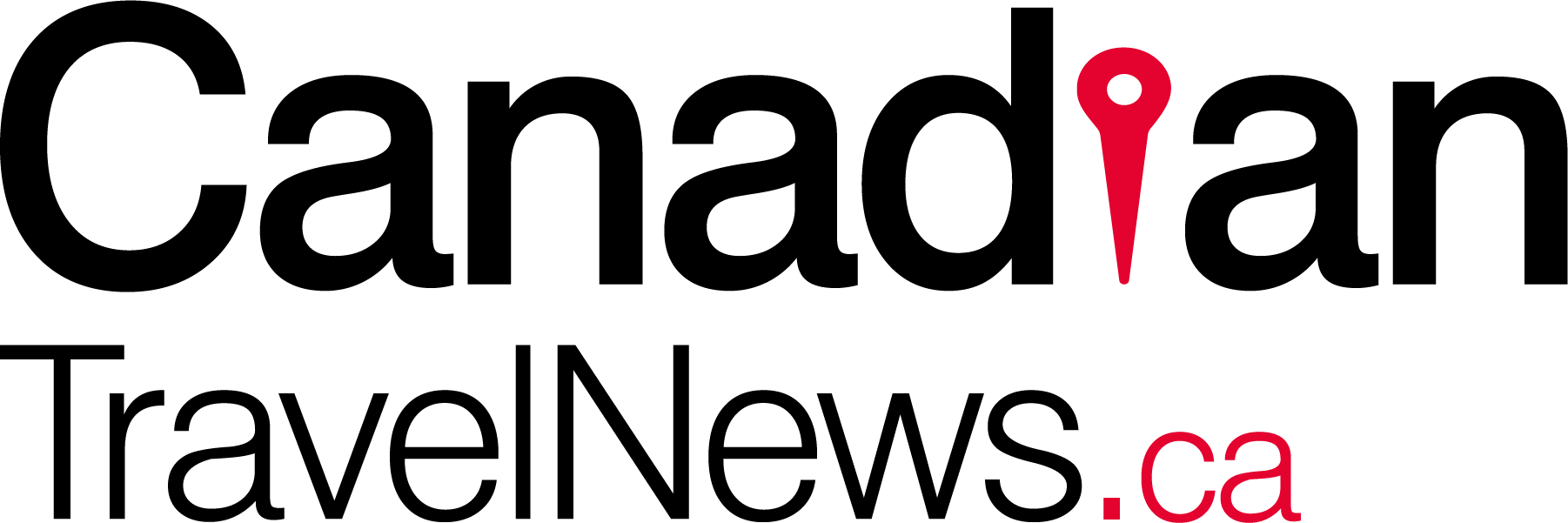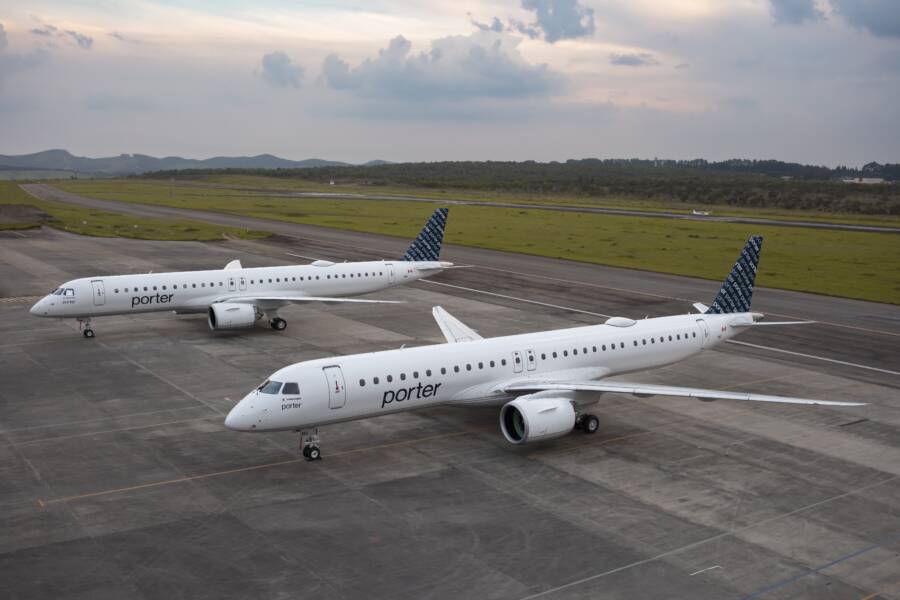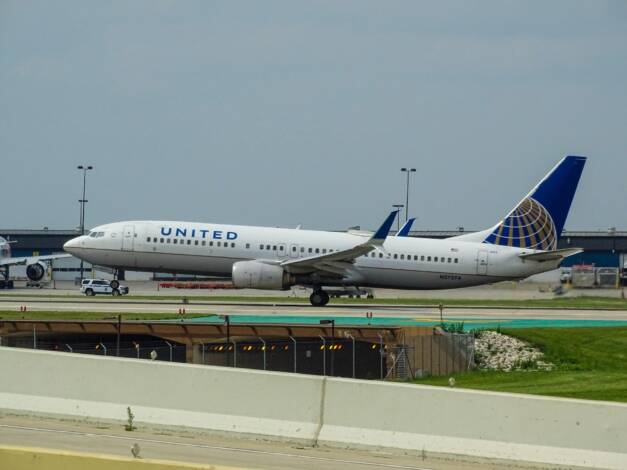
Air Canada’s Financial Picture Brightens Considerably
July 23, 2021 ctn_admin
Air Canada’s bottom line is definitely improving.
The airline today reported a 59 per cent operating revenue increase in the second quarter of this year and stronger earnings than expected. Company officials say bookings have increased and that it’s “turning a corner.”
Canada’s largest airline says it recorded a net loss of $1.165 billion or $3.31 per diluted share in the second quarter of 2021. That would seem like bad news, but it’s a good deal better than the net loss of $1.752 billion or $6.44 per diluted share in the second quarter of 2020.
Operating revenues were reported at $837 million, an increase of $310 million or a very solid 59 per cent from the second quarter of 2020.
In the second quarter of 2021, net cash burn of $745 million, or about $8 million per day, on average, was better than management’s expectation of $13-$15 million per day, discussed in Air Canada’s May 7, 2021 news release. EBITDA (Earnings Before Interest, Taxes, Depreciation, and Amortization) in the second quarter was better than expected mainly due to continued very strong cost control and rapid adjustments of capacity to market demand. Capital expenditures were also lower than forecast in the quarter, in part, due to the strengthening Canadian dollar.
“We are pleased to see vaccination rates increasing and more recent science-based easing of travel restrictions in Canada,” Michael Rousseau, President and Chief Executive Officer of Air Canada. “The elimination of the quarantine period for fully vaccinated returning Canadians and the removal of other travel restrictions announced in June led to a significant increase in bookings.
“We expect this trend to further increase following the July 19th announcement communicating positive changes to come for Canadian travel restrictions. Our employees and other stakeholders should be encouraged by the positive industry trends and the strong improvement in the outlook we see for our airline.
“Taking all these factors into account, we can optimistically say that we are turning a corner,” Rousseau said. “We are excited and ready to welcome back our valued customers in greater numbers and to introduce them to the many improvements we have made to enhance their journey. I remain fully confident that Air Canada will rebuild stronger and rise higher than ever before.”
SECOND QUARTER UPDATES
In the second quarter of 2021, Air Canada increased its capacity by 78 per cent compared to the second quarter of 2020, although that’s a reduction of 86 per cent when compared to the second quarter of 2019).
On June 15, 2021, Air Canada announced its peak summer schedule serving a total of 50 Canadian destinations from coast to coast. The schedule was developed to advance Canada’s economic recovery and to support the country’s tourism and hospitality businesses during the important summer period. It includes three new routes, the re-establishment of select regional routes, and wide-body aircraft featuring Air Canada Signature Class and Premium Economy Class on select transcontinental routes. In the second quarter of 2021, Air Canada also announced its international schedule for Summer 2021 and an expanded service to Hawaii for the Winter 2022 schedule, and, on June 18, 2021, operated its inaugural Montreal-Cairo flight.
On July 19, 2021, Air Canada announced its summer transborder schedule, including 55 routes and 34 destinations in the U.S., with up to 220 daily flights between the U.S. and Canada. The new schedule coincides with the easing of Canadian travel restrictions between the two countries as of August 9, 2021, including the removal of hotel quarantine requirements for all travellers, relaxed testing requirements for Canadians travelling to the US for less than 72 hours, and allowing fully vaccinated citizens and permanent residents of the U.S. to enter Canada for non-essential travel, and other measures.
OUTLOOK
Air Canada plans to increase its third quarter 2021 ASM (Available Seat Miles) capacity from the same quarter in 2020 by about 85 per cent. In the third quarter of 2021, when compared to the same period in 2019, ASM capacity is expected to decrease about 65 per cent. The airline continues to dynamically adjust capacity and take other measures as required to account for public health guidelines, travel restrictions globally and passenger demand.
Air Canada projects a net cash burn of $280-$460 million (or $3-$5 million per day, on average) in the third quarter of 2021.
GOVERNMENT ASSISTANCE AND REFUNDS
In the second quarter of 2021, Air Canada was given nearly $5.9 billion in assistance from the government of Canada through the Large Employer Emergency Financing Facility (LEEFF) program. The financial package provides for fully repayable loans that Air Canada would draw down if and as required.
One of Ottawa’s requirements is that Air Canada provide refunds to all passengers who had flights cancelled due to COVID-19.
On June 10, 2021, the deadline to seek refunds under this COVID-19 Refund Policy was extended to July 12, 2021. Air Canada has paid $997 million as at the end of the second quarter and expects to pay about an additional $200 million in the third quarter, which will be eligible for draws under the Government of Canada $1.404 billion refund credit facility.
Additional details on the COVID-19 Refund Policy are provided in the “Overview” section of Air Canada’s Second Quarter 2021 MD&A and on Air Canada’s website at www.aircanada.com.












